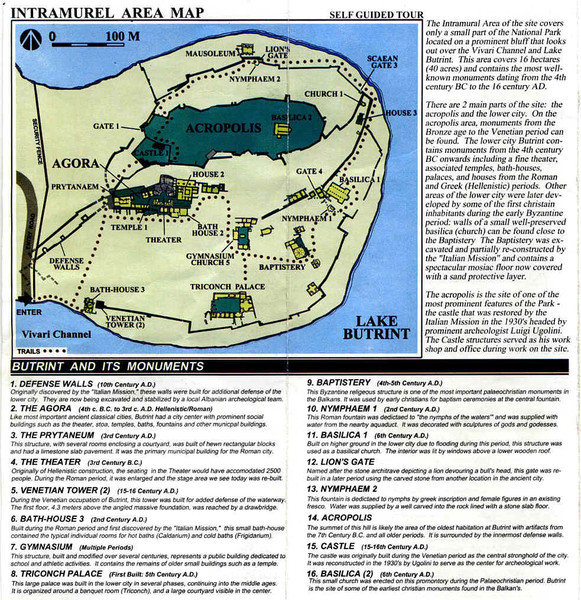


betrayed the Marshall Islands, kindling the next nuclear disaster". The US government denies that there is any connection between the work on the island and the health problems and has so far refused to offer any compensation for the illnesses associated with the construction of Runit Dome. Some of these have died of cancer and others have become sick. Some of the US army personnel who participated in the dome construction and transport of radioactive materials claim that illnesses that developed years later are a result of unprotected exposure. The DOE has been directed by Congress to assess the condition of the structure and develop a repair plan during the first half of 2020. Īn investigative report by the Los Angeles Times in November 2019 reignited fears of the Dome cracking and releasing radioactive material into the soil and surrounding water. Leaking and breaching of the dome could however disperse plutonium, a radioactive element that is also a toxic heavy metal. However, as the Department of Energy report stated, the released radionuclides will be very rapidly diluted and should not cause any elevated radioactive risk for the marine environment, compared to what is already experienced. Since the bottom of the crater consists of permeable soil, there is seawater inside the dome. One particular concern is that, in order to save costs, the original plan to line the porous bottom crater with concrete was abandoned. Because the cleaning operation in the 1970s only removed an estimated 0.8 percent of the total transuranic waste in the Enewetak atoll, the soil and the lagoon water surrounding the structure now contain a higher level of radioactivity than the debris of the dome itself, so even in the event of a total collapse, the radiation dose delivered to the local resident population or marine environment should not change significantly.Ĭoncern primarily lies in the rapid tidal response to the height of the water beneath the debris pile, with the potential for contamination of the groundwater supply with radionuclides. However, the soil around the dome was found to be more contaminated than its contents, so a breach could not increase the radiation levels by any means. In 2013, a report by the US Department of Energy found that the concrete dome had weathered with minor cracking of the structure. In 1982, a US government task force raised concern about a probable breach if a severe typhoon were to hit the island.

#Radiation island mark map update#
Please help update this article to reflect recent events or newly available information.


 0 kommentar(er)
0 kommentar(er)
